38 examples of nutrient claims on food labels
In Pictures: 29 Foods With "Health Claims" That Are Deceiving You And ... A. It's a little scary that food companies can put deceptive labels on foods we already know are unhealthy. I've first-hand see people say "oh, look, it's all natural!" and then never question the food from then on out.-Agreed. B. The whole "all natural thing." People think if a label says it's natural, it's fine to eat. Factual Food Labels: Health Claims - University of Texas at Austin The terms that are used in this type of label is "free," "reduced," "high," and "low." These type of claims are only applicable to nutrients that have a % daily value established such as saturated fat, added sugars, and vitamins and minerals. An example of this type of claim is "low/less sugar."
Nutrient Claims on Food Labels - Truly Good Foods Nutrient Claims on Food Labels July 19, 2018 Nutrient claims describe the content of a food, including the amount of nutrients, calories, cholesterol or fiber, but not in exact amounts. Usually on the front of the food label, the nutrient claim provides a quick comparison between similar products.
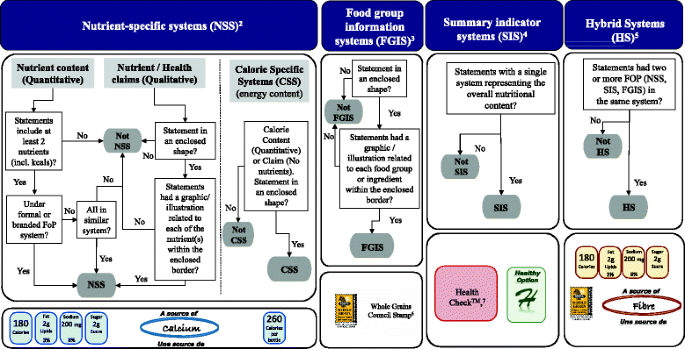
Examples of nutrient claims on food labels
Introduction to Food Product Claims — FDA Reader Examples of a Structure/Function Claim: "Calcium builds strong bones" "Fiber maintains bowel regularity" "Antioxidants maintain cell integrity" Conventional food producers do not need to notify the FDA about structure/function claims or make disclaimers associated with these claims on their product labels. Label Claims for Conventional Foods and Dietary Supplements Examples include simple percentage statements such as "40% omega-3 fatty acids, 10 mg per capsule," and comparative percentage claims, e.g., "twice the omega-3 fatty acids per capsule (80 mg) as in... Understanding Food Labels - Nutrition: Science and Everyday Application ... As an example of an authorized health claim, a food that is low in sodium (per the FDA's definition of less than 140 mg per serving) can include the following claim on their packaging: "Diets low in sodium may reduce the risk of high blood pressure, a disease associated with many factors." 1
Examples of nutrient claims on food labels. Nutrient Claims on Food Labels - Food Smart Colorado "Low fat" and "High fiber" are both examples of nutrient content claims. These types of claims usually appear on the front of a package and are regulated by the Food and Drug Administration (FDA). The FDA requires that the industry follow guidelines when making these claims. Common Nutrient Claims and Descriptors Did You Know? Nutrient content claim examples - Nutrient content claims: reference ... Nutrient content claim example - fibre claims Example - High source of fibre The following claim appears on a box of 6 muffins: "High source of wheat bran and oat bran". Each muffin contains 1.5 g of fibre from wheat bran and 3.5 g of fibre from oat bran per serving of stated size of 90 g. 19 popular nutrition claims (some are false!) - Leesa Klich There are so many conflicting nutrition claims out there that it is nothing short of confusing! The best diet is vegan/vegetarian. We need 10,000 steps per day for good health. We are 10x more microbe than human. Coffee is healthy/dehydrates you/causes cancer. Protein is good/bad for your bones. Multivitamins improve your health/do nothing ... Nutrient function claims - Health claims on food labels - Food labels ... Nutrient function claims are not made for a food per se; they may only be made respecting the energy value or nutrients in a food. For example, the nutrient function claim "Milk helps build strong bones and teeth" is unacceptable, because a nutrient function claim refers to the nutritional function of energy or a nutrient (e.g., calcium) in a ...
Nutrition content claims and health claims - Food Standards For example: 'calcium for healthy bones and teeth'. These claims are either based on one of the more than 200 pre-approved food-health relationships in the Standard, or a food-health relationship self-substantiated by the food business using the scientific method set out in the Standard. 4 Examples of Marketing Through Nutrition Labels | Fooducate If a nutrition claim is made on the packaging of a food ('Good Source of Fiber' is an example), and that food exceeds the threshold level for any of four specific nutrients, a disclosure statement must appear next to the nutrition claim. The four nutrients and their threshold levels (per serving) are: Fat-13g, Saturated Fat-4g ... Food Label Claims: What You Can and Can't Trust - WebMD For example, a label could say that getting enough calcium throughout your life, and having a balanced diet, may lower your chances of getting osteoporosis. Structure/function claims. These... Health Claims on Food Labels - Consumer Reports Specifically, grass-fed meat and dairy has a more healthful ratio of omega-6 polyunsaturated fatty acids to omega-3s. Too much omega-6 fat in your diet can cause inflammation, which may be a ...
The Effects of Nutrition Knowledge on Food Label Use: A Review of the ... In general, these studies show that nutrition knowledge supports understanding of claims on food labels. For example, Howlett et al. (2008) investigated the effects of trans fat knowledge on use of claims and nutrition labels in two studies by inducing trans fats knowledge through the exposure to educational materials prior to the rating task ... Nutrition and health claims on labels and in food advertising Most of the permitted health claims relate to a specific ingredient or nutrient; some claims relate to a food, for example "dried plums contribute to normal bowel function" or "sugar-free chewing... Comparative nutrient content claims - Food labels - Canadian Food ... The comparative nutrient content claims listed in the table following B.01.513 of the FDR (see Specific Nutrient Content Claim Requirements) may be used on food labels or in advertising. The claims must meet both the food conditions which must be met (column 2) and the labelling and advertising conditions (column 3). Nutrition and Health Claims in Food Labelling | Eufic Nutrition claims, which state, suggest or imply that a food has particular beneficial properties due to its composition (regarding energy or a particular nutrient ). Examples of this type of claim will be: 'source of', 'free of', 'high', 'low' or 'reduced' in calories or a particular nutrient.
13 Misleading Food Label Claims and How Not to Be Tricked - Sentient Media 9. Label Says "Multigrain". Though the term " multigrain " may elicit a vision of multiple healthy whole grains all being put in one product, this is likely not the case. The term simply means that a variety of grains were used in the food; most, if not all, of these grains are likely refined. 10.
Understanding Food Labels | The Nutrition Source | Harvard T.H. Chan ... Research finds that consumers believe that a food carrying a health claim is healthier than a product that does not. Nutrient content claims. These statements describe the nutrients in a food beyond what is listed on the Nutrition Facts label, intended to showcase a health benefit of the food. An example is "Contains 100% Vitamin C."
8 misleading food marketing labels | AGDAILY Because only sodium and potassium nitrate and nitrite are considered to be curing agents, processed meats that are cured using naturally occurring nitrates and nitrites derived from sea salt, celery or beets or some other vegetable or fruit naturally high in nitrate are required to be labeled as "uncured."
Food Packaging Claims | American Heart Association "Reduced" or "Less" mean the food has 25% less of a specific nutrient than the regular product. "More," "Fortified," "Enriched," "Added," "Extra," or "Plus" means the food has 10% or more of the Daily Value (DV) than the regular product. May only be used for vitamins, minerals, protein, dietary fiber, and potassium.
Decoding the Nutrition Label: Health Claims and Nutrient Content Claims ... Below are examples of health claims you may find on some foods: A healthy diet rich in vegetables and fruit may help reduce the risk of some types of cancer. A healthy diet low in saturated and trans fat may reduce the risk of heart disease.
Nutrient Claims on Food Labels - Clemson University The label on a can of pears says there is "no added sugar." The words on a milk carton boast that it is "high in calcium." Certain breakfast cereals claim to be "high in fiber." "Lite" salad dressing and cookies with "fewer calories" also catch your eye. These are all nutrient content claims.
5 Understanding Food Labels and Health Claims - Maricopa There are three levels of health claims: A health claim is supported by scientific evidence. An example is "reduces heart disease." A qualified claim has supportive evidence, which is NOT definitely proven with scientific evidence. There is evidence to SUGGEST a health benefit, but there is no scientific evidence.
Label Claims for Food & Dietary Supplements | FDA Types of Claims Definitions, Guidance, Regulatory Information, and Permitted Claims FDA Modernization Act of 1997 (FDAMA) Health and Nutrient Content Claims Health Claims That Meet Significant...
Label Claims for Food and Dietary Supplement - LBS RCS.COM The Nutrition Labeling and Education Act of 1990 (NLEA) provides for the use in food labeling of health claims that characterize a relationship between a food, a food component, or dietary ingredient and risk of a disease (for example, "adequate calcium throughout life may reduce the risk of osteoporosis"), provided the claims meet certain criteria and are authorized by an FDA regulation.
Food Labels Guide & Examples | How to Read Nutrition Labels - Video ... A glass of orange juice, for instance, may contain a significant amount of Vitamin C while a chocolate bar may not contain any, so Vitamin C would not be listed on the chocolate bar's food label....
Nutrient Content Claim vs Health Claim - LabelCalc Nutrient content claims, which are commonly used on food labels, either refer to the amount of a nutrient in a product or compare the levels of a nutrient in that food to a similar reference food. When referring to the amount of a nutrient in a product, words such as "low," "free," and "high" are often used.
Understanding Food Labels - Nutrition: Science and Everyday Application ... As an example of an authorized health claim, a food that is low in sodium (per the FDA's definition of less than 140 mg per serving) can include the following claim on their packaging: "Diets low in sodium may reduce the risk of high blood pressure, a disease associated with many factors." 1
Label Claims for Conventional Foods and Dietary Supplements Examples include simple percentage statements such as "40% omega-3 fatty acids, 10 mg per capsule," and comparative percentage claims, e.g., "twice the omega-3 fatty acids per capsule (80 mg) as in...
Introduction to Food Product Claims — FDA Reader Examples of a Structure/Function Claim: "Calcium builds strong bones" "Fiber maintains bowel regularity" "Antioxidants maintain cell integrity" Conventional food producers do not need to notify the FDA about structure/function claims or make disclaimers associated with these claims on their product labels.
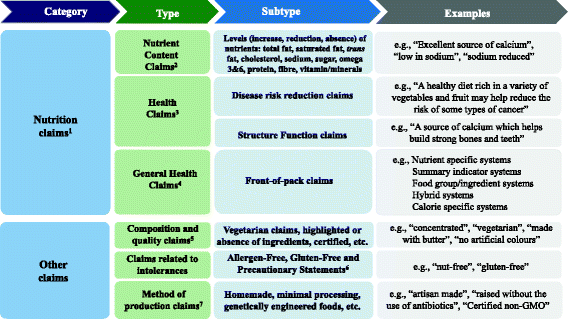


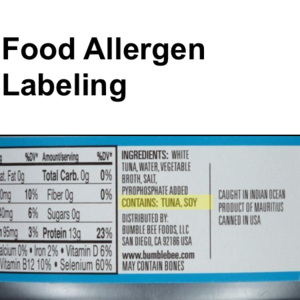
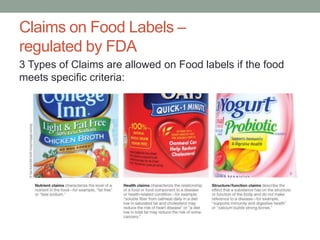
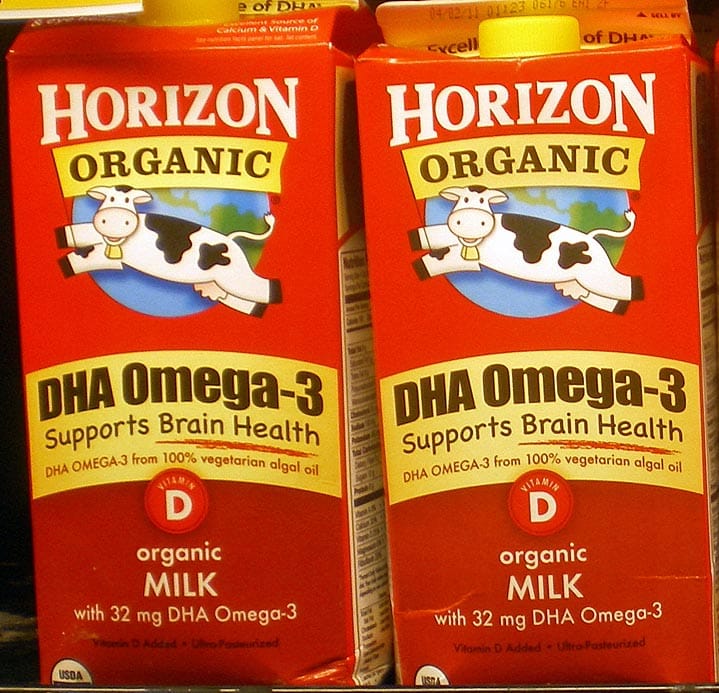
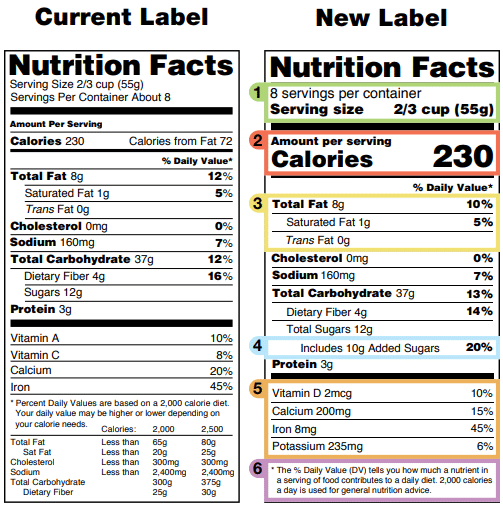


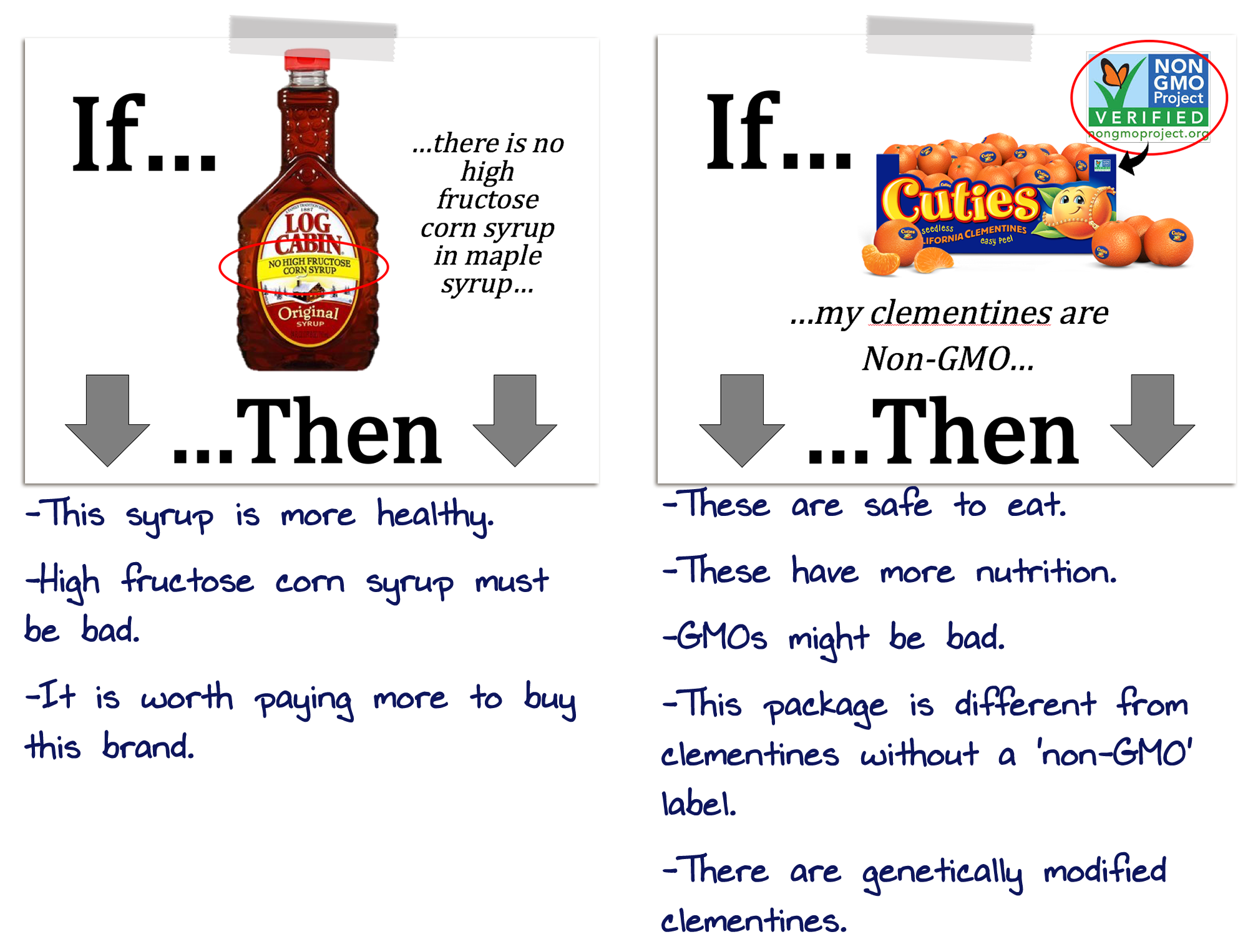

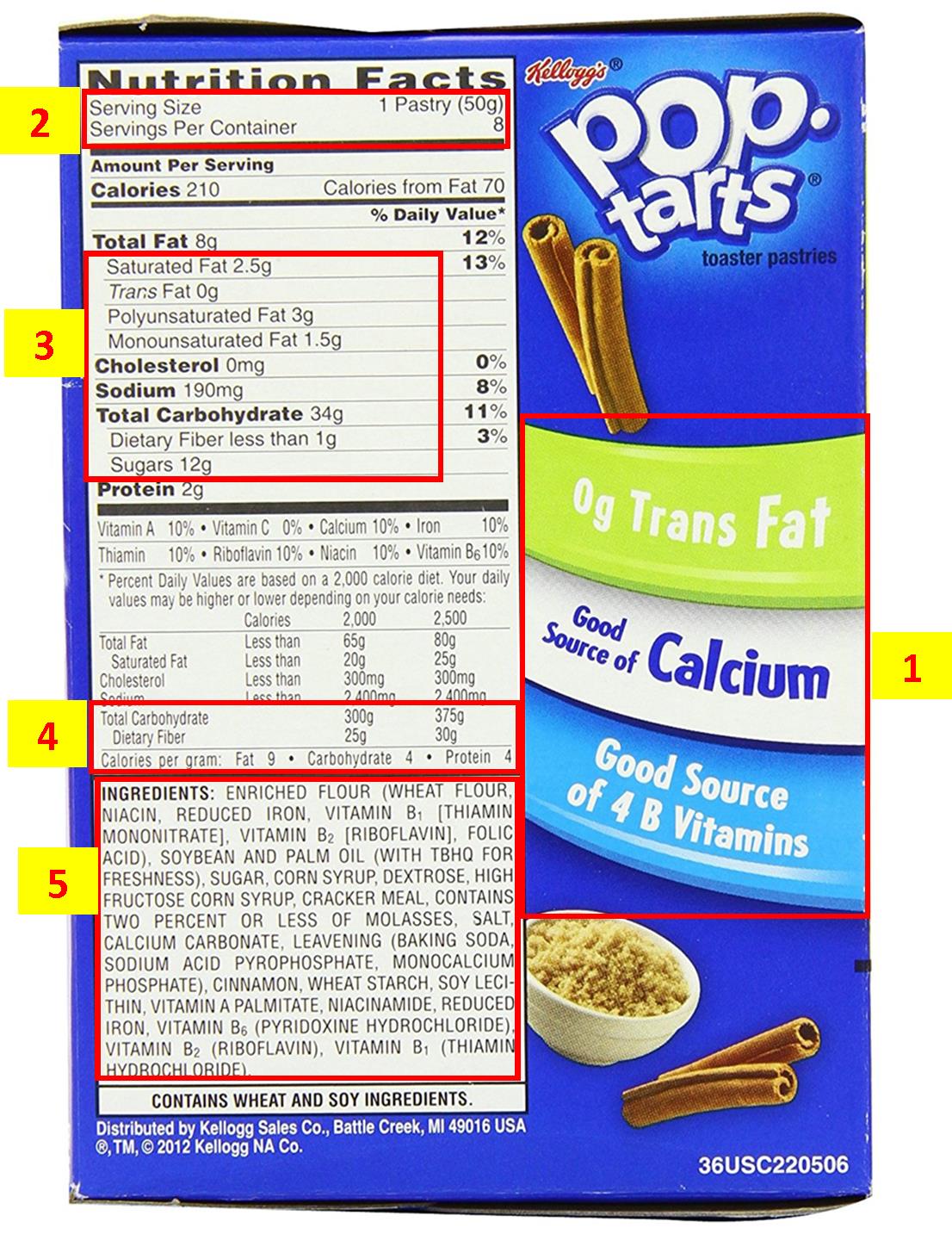
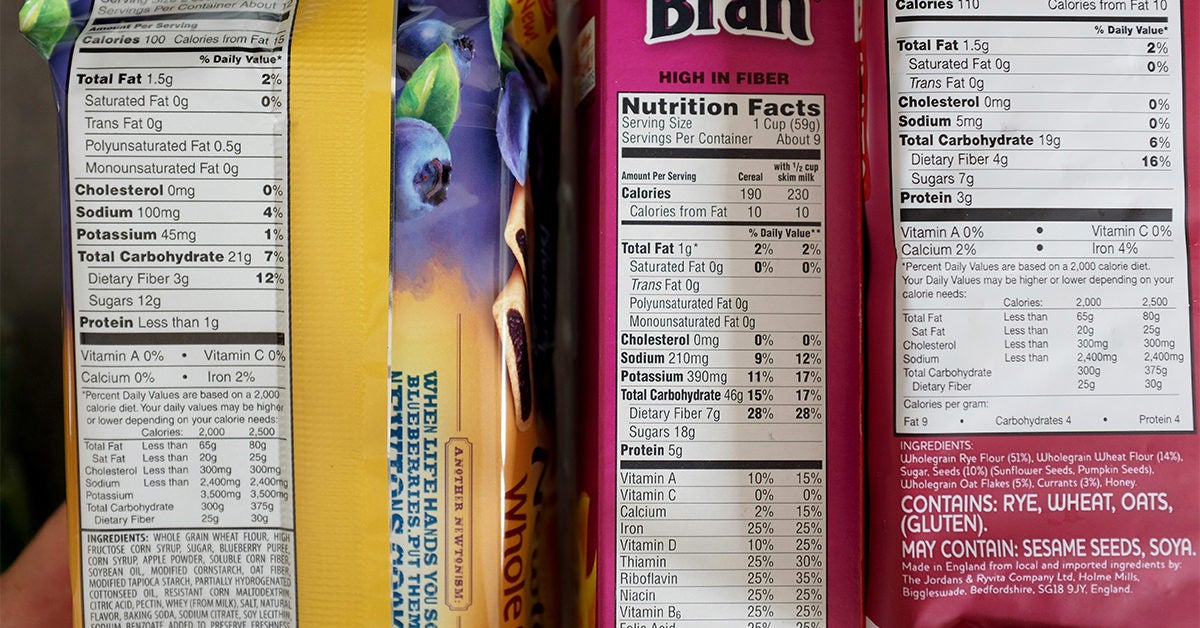
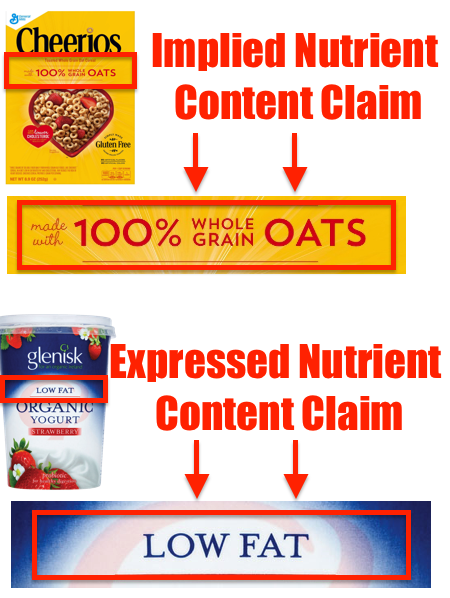


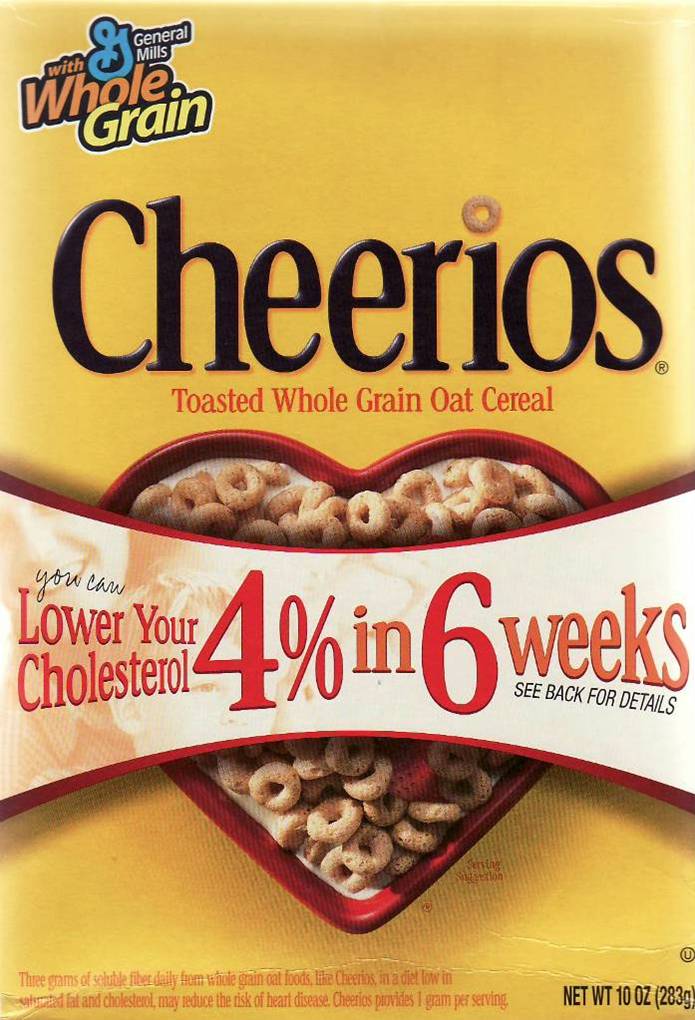
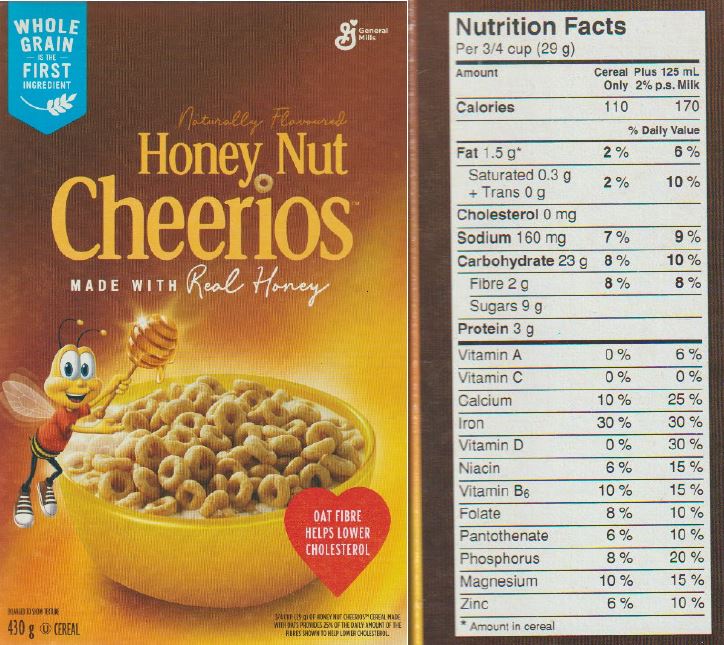
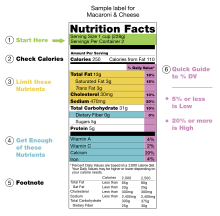
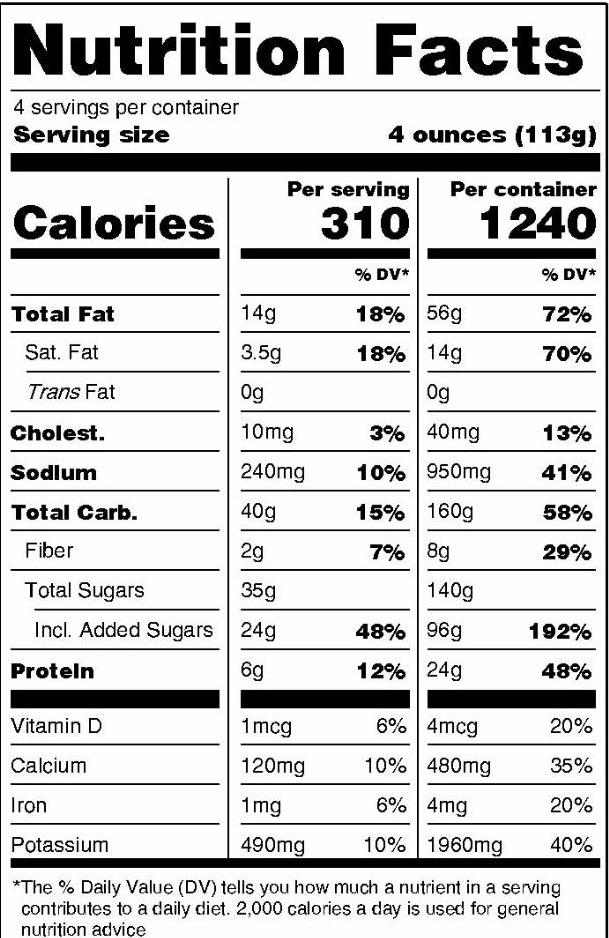

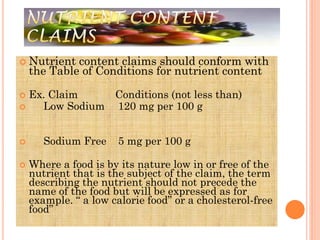
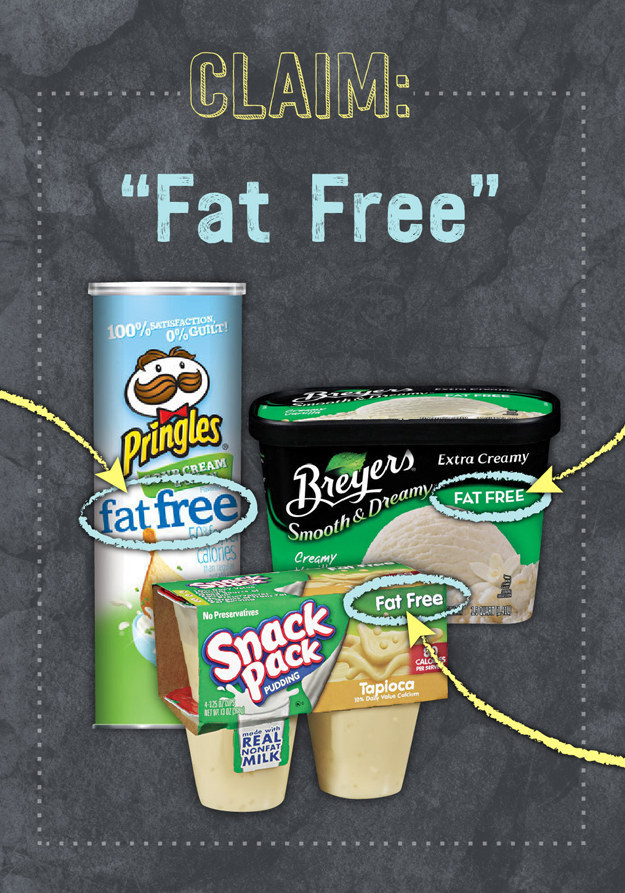

:no_upscale()/cdn.vox-cdn.com/uploads/chorus_asset/file/3650624/quakerlabel-shelf.0.jpg)
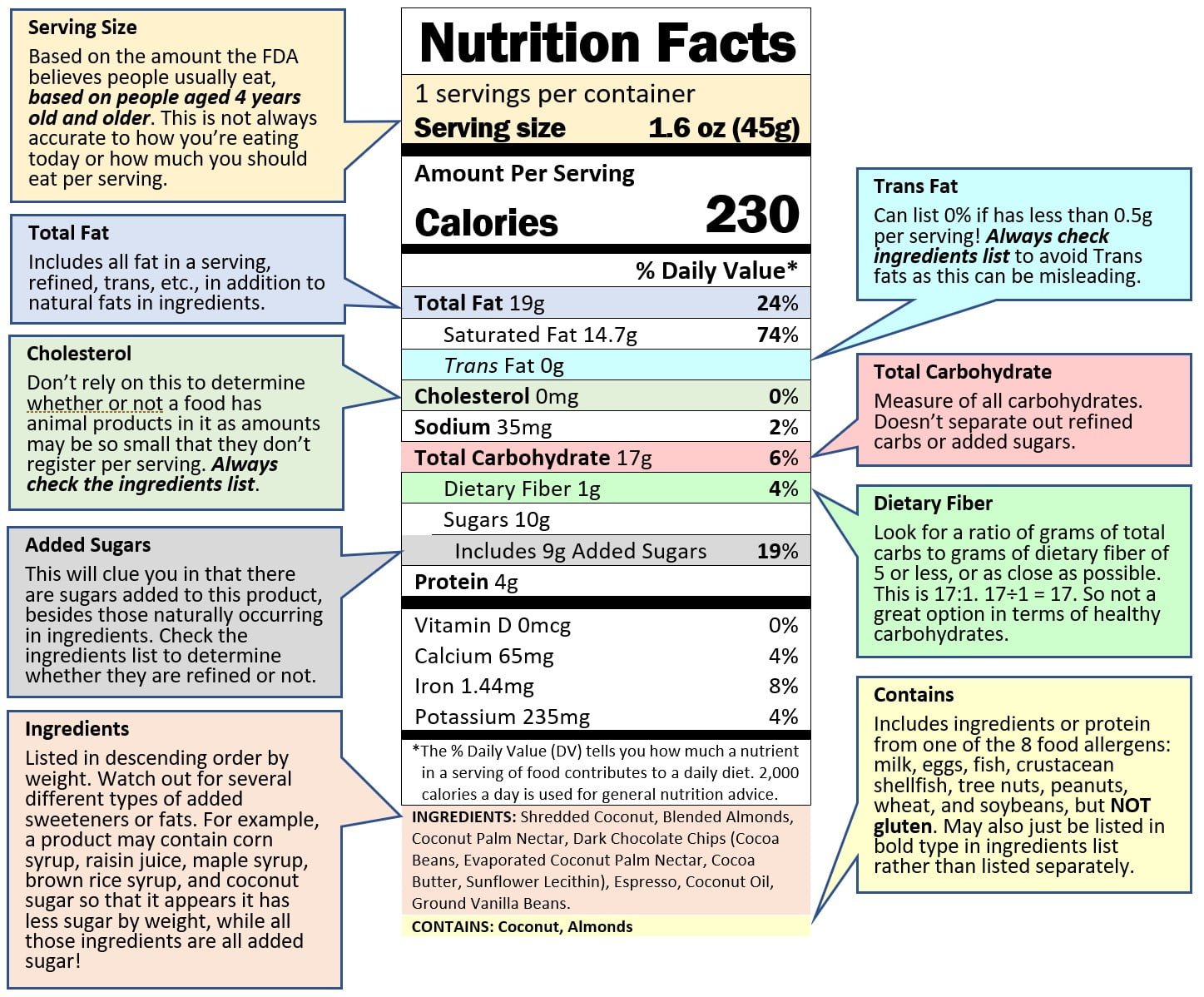
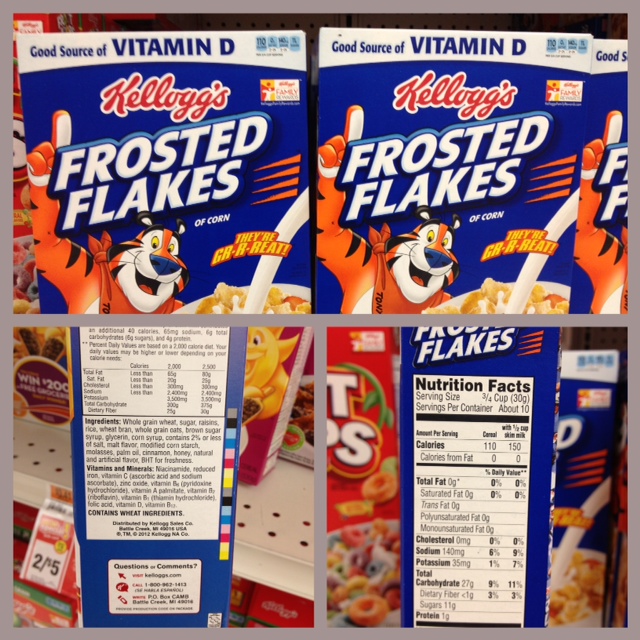


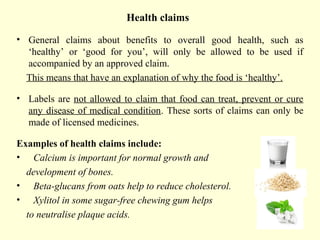
Post a Comment for "38 examples of nutrient claims on food labels"